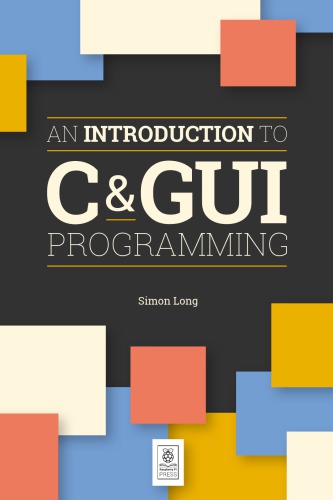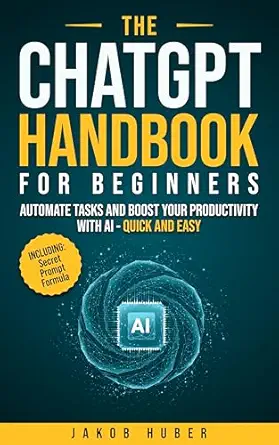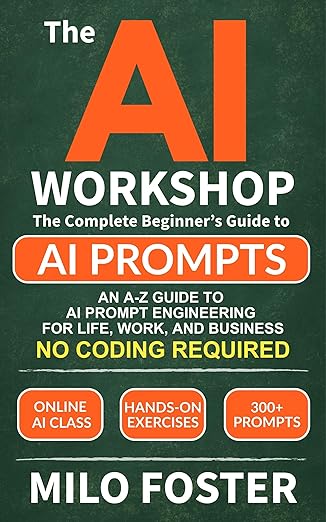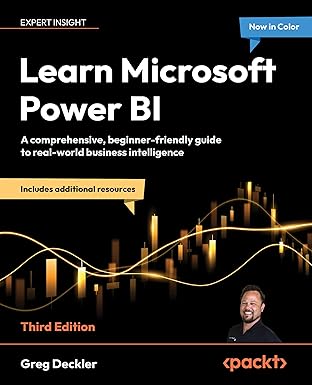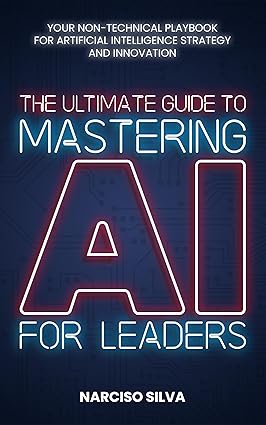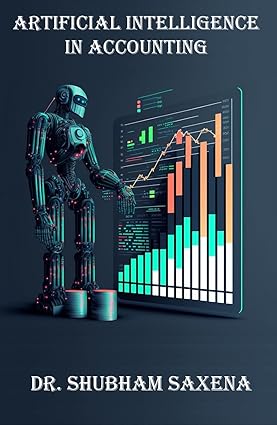C is a very versatile and widely used programming language. It has been used to write pretty much everything, from low-level routines to control the hardware in embedded microcontrollers to complete operating systems like Linux with graphical user interfaces. In spite of this huge flexibility, it is also relatively simple – the language only has about 20 or so keywords, but there are huge libraries of additional functions that you can call on when you need them. In the first part of this book, we are going to concentrate on learning about the keywords, with a few of the more commonly used library functions; the second part of the book shows how to use the GTK library to make it easy to write graphical interfaces in C. Many of the languages that you may have seen, such as Python, are what are called interpreted languages. This means that the code you write is run directly: each line of code is read in and interpreted as you run it. C is different: it’s a compiled language. This means that the code you write, known as the source code, is never run directly. The source code is passed through a program called a compiler, which converts it into a machine-readable version called an executable or a binary; you then run the resulting executable. This may seem complex, but it has a few big advantages. First, it means that you don’t need to have a copy of C itself on every computer you want to run your program on; once compiled, the executable is standalone and self-contained. Second, the compilation process will find a lot of errors before you even run the program (but it won’t usually find all of them). Most importantly, the compilation process means that the time-consuming translation of human- readable code into machine-readable instructions has already happened, which means that compiled code generally runs many times faster than interpreted code would.
چکیده فارسی
C یک زبان برنامه نویسی بسیار متنوع و پرکاربرد است. تقریباً برای نوشتن همه چیز استفاده شده است، از روتین های سطح پایین گرفته تا کنترل سخت افزار در میکروکنترلرهای تعبیه شده تا سیستم عامل های کامل مانند لینوکس با رابط های کاربری گرافیکی. علیرغم این انعطاف پذیری زیاد، این زبان نیز نسبتاً ساده است - این زبان فقط حدود 20 کلمه کلیدی دارد، اما کتابخانه های عظیمی از توابع اضافی وجود دارد که می توانید در صورت نیاز با آنها تماس بگیرید. در بخش اول این کتاب، ما میخواهیم بر یادگیری در مورد کلمات کلیدی، با تعدادی از توابع کتابخانهای که بیشتر استفاده میشوند، تمرکز کنیم. بخش دوم کتاب نحوه استفاده از کتابخانه GTK برای آسان کردن نوشتن رابط های گرافیکی در C را نشان می دهد. این بدان معنی است که کدی که می نویسید مستقیماً اجرا می شود: هر خط کد در هنگام اجرا خوانده می شود و تفسیر می شود. C متفاوت است: یک زبان کامپایل شده است. این بدان معنی است که کدی که می نویسید، که به عنوان کد منبع شناخته می شود، هرگز مستقیما اجرا نمی شود. کد منبع از طریق برنامه ای به نام کامپایلر ارسال می شود که آن را به یک نسخه قابل خواندن ماشین به نام اجرایی یا باینری تبدیل می کند. سپس فایل اجرایی حاصل را اجرا می کنید. این ممکن است پیچیده به نظر برسد، اما چند مزیت بزرگ دارد. اول، به این معنی است که شما نیازی به یک کپی از خود C در هر رایانه ای که می خواهید برنامه خود را روی آن اجرا کنید ندارید. پس از کامپایل، فایل اجرایی مستقل و مستقل است. دوم، فرآیند کامپایل خطاهای زیادی را قبل از اجرای برنامه پیدا می کند (اما معمولاً همه آنها را پیدا نمی کند). مهمتر از همه، فرآیند کامپایل به این معنی است که ترجمه زمانبر کدهای قابل خواندن توسط انسان به دستورالعملهای قابل خواندن توسط ماشین قبلاً اتفاق افتاده است، به این معنی که کد کامپایل شده معمولاً چندین برابر سریعتر از کد تفسیر شده اجرا میشود.
ادامه ...
بستن ...
FASTER Download from an IPFS distributed storage, choose any gateway:
An Introduction to C & GUI Programming
Author(s): Simon Long
Publisher: Raspberry Pi Trading, Year: 2019
ISBN: 1912047659, 9781912047659
Search in WorldCat | Search in Goodreads | Search in AbeBooks | Search in Amazon.com
Description:
The popular C programming language is used for a huge range of applications, from the tiny microcontrollers used in toasters and watches up to complete operating systems. The first half of this book is an introduction to C, and covers the basics of writing simple command-line programs. The second half of the book shows how to use the GTK user interface toolkit with C to create feature-rich GUI applications which can be run on the desktop. No previous experience of C or GTK is required – even if you are an absolute beginner, this book will teach you all you need to know to ...
■ Create simple command-line C programs
■ Control flow with conditions and loops
■ Handle variables, strings, and files
■ Design graphical user interface applications in C
■ Handle user input with buttons and menus
■ Use advanced UI features such as data stores and dialogs
|
ادامه ...
بستن ...
